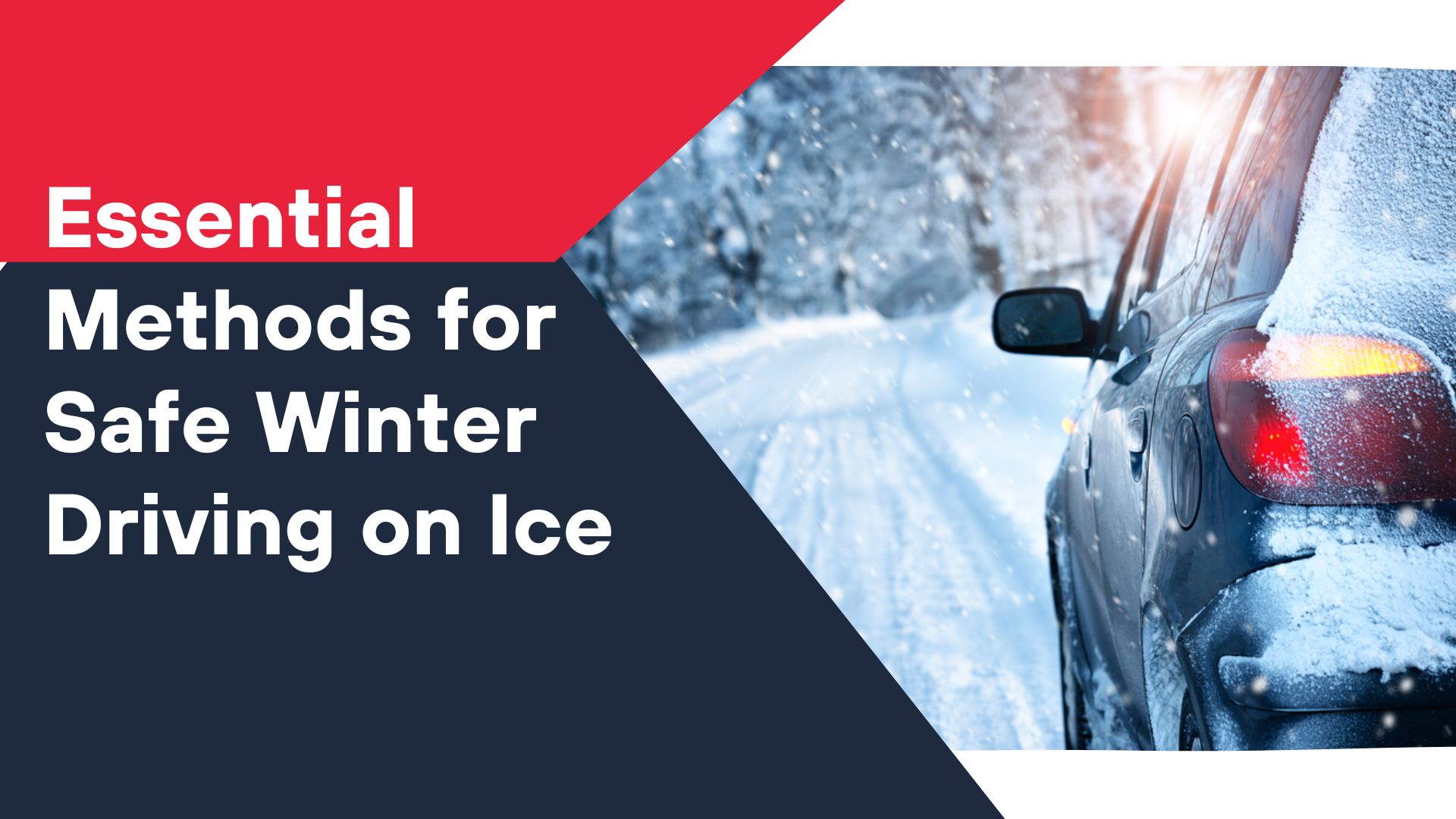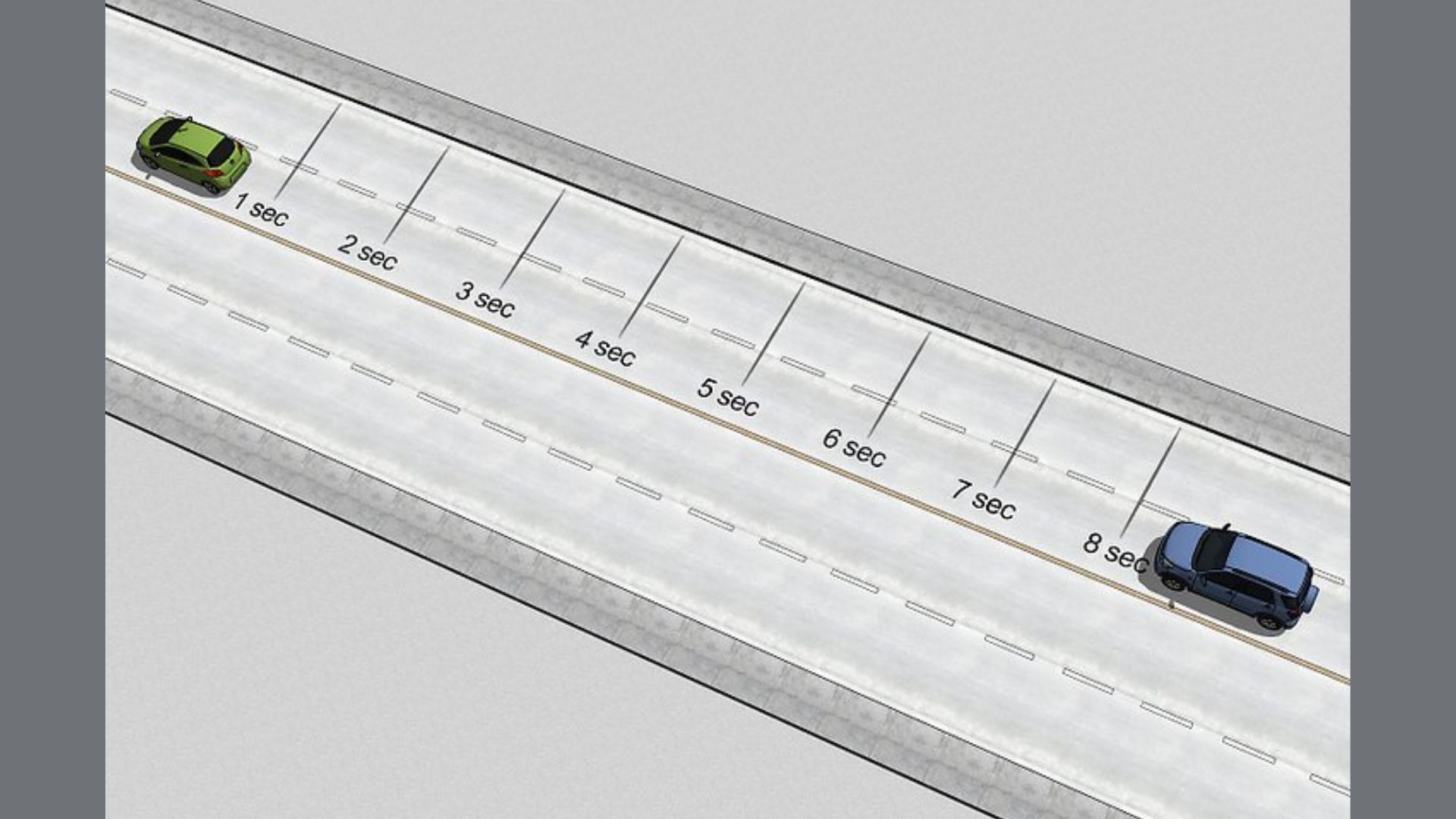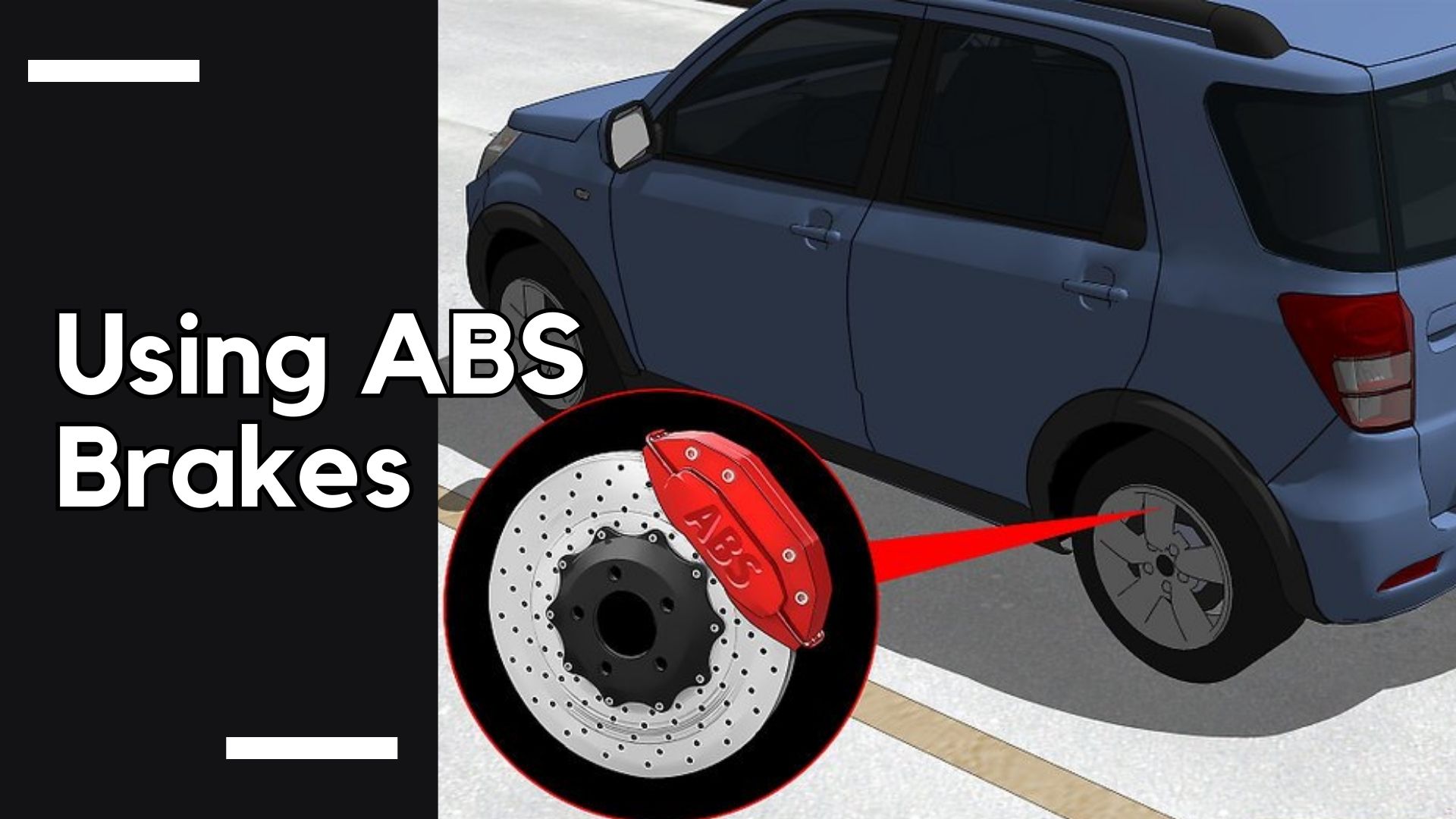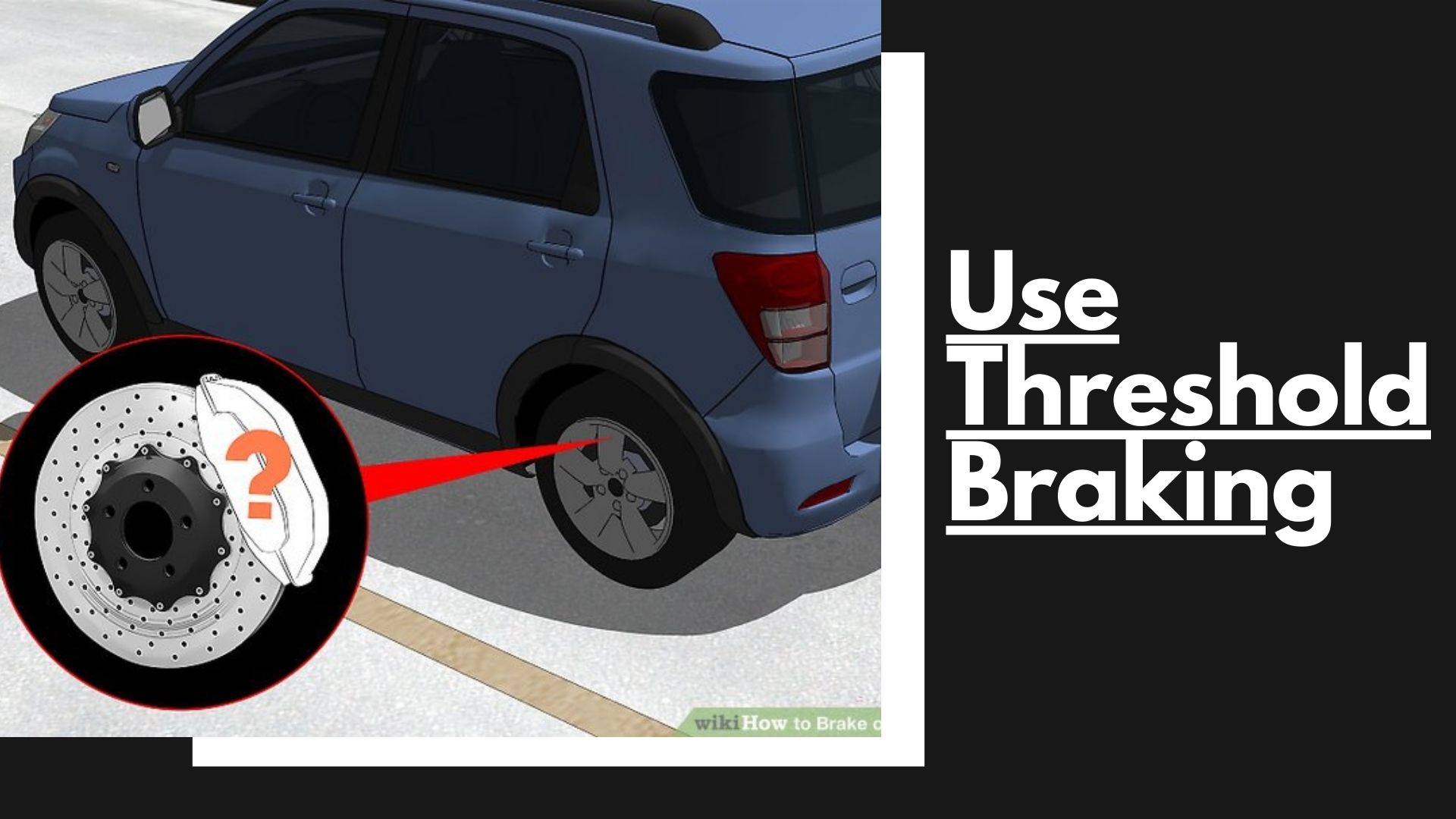Winter driving requires extra patience and attention, especially for the uninitiated. Snowfall and ice can limit visibility and make for dangerous driving conditions. It’s much harder for tires to grip ice than pavement, especially if they don’t have the deep grooves of winter tires.

If you’re not used to driving in these conditions, it’s best to avoid driving altogether. If you can’t avoid driving on icy roads, it’s important to know whether your car has an anti-lock braking system or not. This will decide what technique you use when trying to brake on ice.
Among these techniques, mastering the art of pumping brakes holds paramount importance. Pumping the brakes is a skillful maneuver that helps maintain control and stability when braking on slippery surfaces.

While tailgating is always a bad practice, it’s especially dangerous in icy conditions. Stay at least 8 seconds behind the vehicle ahead of you. If you’re not used to winter driving, stay 10 seconds behind.
To maintain a safe distance from the vehicle ahead, choose a fixed point (such as a street sign) and start counting once the car ahead passes it. Count until your own car reaches the same point. Aim for a count of 8-10 to ensure a safe following distance.
Not all icy conditions need the same stopping distance. At 0° Fahrenheit (-18° Celsius), you need twice as much stopping distance as you would at 32° Fahrenheit (0° Celsius).
Winter tires are crucial for safer driving in snowy and icy areas. Designed to provide better traction, they have deeper and diagonally angled grooves to enhance grip. Invest in winter tires for enhanced safety during snowy and icy periods.
If you live in a warmer climate but you’re concerned about icy roads, you should at least get all-season tires.
You could have the best winter tires on the market, but you still need to use caution. If you’re driving on icy roads, you shouldn’t go any faster than 45 mph (72 kmh), even on the highway.
Driving more slowly gives you more time to react, giving you more distance to immobilize your vehicle.
 use abs brakes
use abs brakesStep 1- Confirm that your car has ABS brakes
You can usually do this by checking your car’s specifications, whether on the Internet or with a dealer. The more recent your vehicle, the more likely it is to have ABS brakes. If you’re really unsure, you can always check with a mechanic the next time you get your car serviced.
To maintain control, it's important to keep a firm grip on the steering wheel throughout the braking process. This allows you to make necessary steering adjustments if your vehicle starts to veer off course.
While they do a great job of preventing your wheels from locking, ABS brakes don’t work as well on ice and snow as they do on pavement. As such, it’s important to react quickly, then let the system work. It’s crucial to stay alert and always keep your eyes on the road.
With ABS brakes, you don’t have to worry about pumping the brakes or applying steady pressure. Just push the brake pedal hard. You might feel the pedal shudder and push back against your foot slightly.
This is normal; the ABS is kicking in, relieving some of the pressure from the wheels to prevent them from locking. Don’t remove your foot or pump the brakes; let the system work.
Sometimes braking isn’t enough, and you might need to steer away from a possible collision. If you need to steer, make smooth, precise movements. Jerking the steering wheel can cause your car to skid and slide. The wheels will lose their traction, and you’ll lose control of your vehicle.

Threshold braking is used with vehicles that don’t have ABS. This system prevents the wheels from locking in an emergency braking situation, so you might end up locking your wheels if your car doesn’t have ABS.
Using threshold or squeeze braking allows the car to slow down as much as possible without the wheels locking.
Check your owner’s manual or ask your mechanic if your car has ABS.
While this is difficult to do in an emergency situation, panicking is a sure fire way to lose control of your vehicle. It’s important to keep your cool if you need to brake on ice.
If you’re worried about how you’ll react in an emergency situation, you can try your hand at driving on ice at certain driving schools.
Keeping your heel on the floor lets you use the muscles in your foot to push the brakes rather than the muscles in your leg. This gives you more control.
Avoid slamming the brakes. This will cause the wheels to lock, and your car is likely to lose traction and start skidding.
This is the key to threshold braking. Apply firm, steady pressure to the brake pedal. Your car should slowly start decelerating as you push the brakes. Keep the pressure even, and stop just short of causing your wheels to lock. You’ll feel feedback in the brake pedal, a certain threshold as you brake.
If you pass the threshold, your wheels may lock and the car may start to skid. To stop the skid, you’ll want to relieve just a bit of pressure from the brakes by curling your toes up. Once you feel the car starting to gain traction, you can smoothly apply pressure to the brakes until you reach the threshold.
If your car skids and you’re not able to correct it with the application of the brakes, you’ll need to steer very carefully. Remain calm, as jerking the wheel will just make the situation work.
By implementing these essential methods, you can reduce the risk of accidents, maintain control of your vehicle, and ensure a safer winter driving experience on icy roads. Prioritize safety, exercise caution, and be prepared for challenging winter conditions to reach your destination safely.